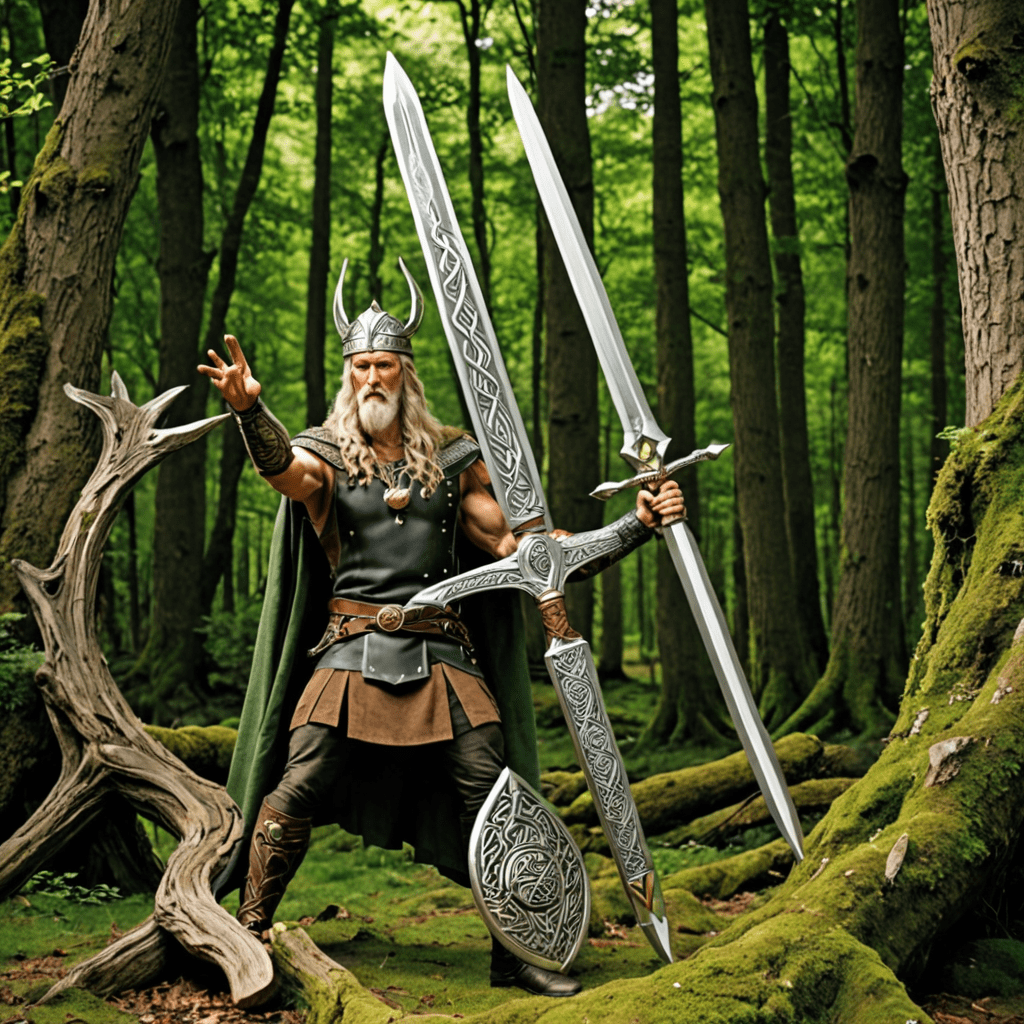Exploring Symbolism in Norse Mythology
Understanding the Symbolic Nature of Norse Mythology
Norse mythology, stemming from the beliefs and tales of the ancient Germanic peoples, is rich with symbols
that hold deep meanings. These symbols are woven into the stories of gods, giants, and creation, reflecting
the values, culture, and understanding of the world by the Norse people. Exploring the symbolism within
Norse mythology allows us to delve into the intricate web of meanings and interpretations.
The significance of Major Symbols in Norse Mythology
In Norse myths, symbols played a crucial role in conveying messages, representing elements of nature,
human traits, and cosmic forces. Important symbols like Mjölnir (Thor’s hammer), Yggdrasil (the World
Tree), the Valknut (interlocking triangles), and the Vegvisir (runic compass) held significant meanings
in Norse beliefs. Each symbol carried layers of interpretations that reflected the Norse worldview and
spirituality.
Symbolism Reflecting Norse Worldviews and Values
Many symbols in Norse mythology were intertwined with the values and ethics upheld by the Viking society.
For instance, the Valknut symbolized the interconnectedness of life and death, while Yggdrasil symbolized
the connection between different worlds. Understanding these symbols provides insights into the Norse
perception of fate, chaos, order, and the cyclical nature of life.
Modern Interpretations and Influences of Norse Symbolism
The enduring symbolism of Norse mythology continues to inspire art, literature, and popular culture in
the modern world. From incorporating Norse symbols into contemporary tattoos to featuring them in
blockbuster movies and literature, the impact of these ancient symbols is evident. Through the
reinterpretation of Norse symbolism, new meanings are derived, connecting the past with the present.
FAQ on Symbolism in Norse Mythology
What is the significance of symbolism in Norse mythology?
In Norse mythology, symbolism plays a crucial role in conveying deeper meanings and concepts. Various symbols such as Yggdrasil (the World Tree), Mjölnir (Thor’s hammer), and Valknut (the knot of the slain) represent different aspects of the Norse cosmology, gods, and beliefs.
How do symbols represent elements in Norse mythology?
Symbols in Norse mythology are often linked to specific gods, creatures, or concepts. For example, Thor’s hammer, Mjölnir, symbolizes protection, strength, and the power to hallow. The Valknut represents the interconnectedness between life, death, and the afterlife, while Yggdrasil symbolizes the cosmos and the interconnection of the nine worlds.
Can symbols in Norse mythology have multiple meanings?
Yes, symbols in Norse mythology can often have layers of meanings. For instance, the raven is associated with Odin, representing wisdom and war, but also serves as a messenger between the worlds. This multi-faceted nature of symbols adds depth and complexity to the stories and beliefs in Norse mythology.
How did Norse symbols impact Norse culture and beliefs?
Symbols in Norse mythology were not merely decorative but held profound significance in everyday life. They influenced rituals, art, and



